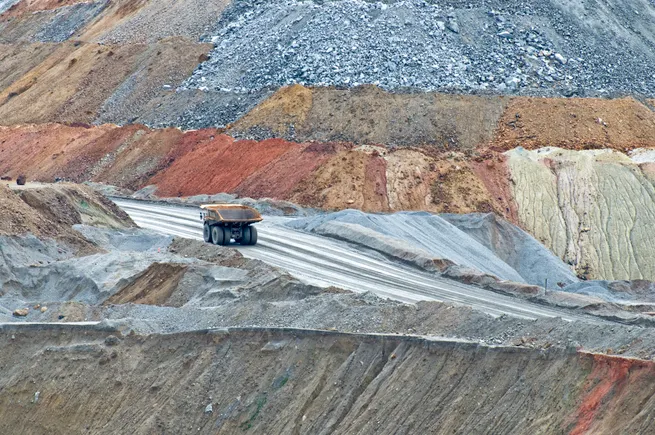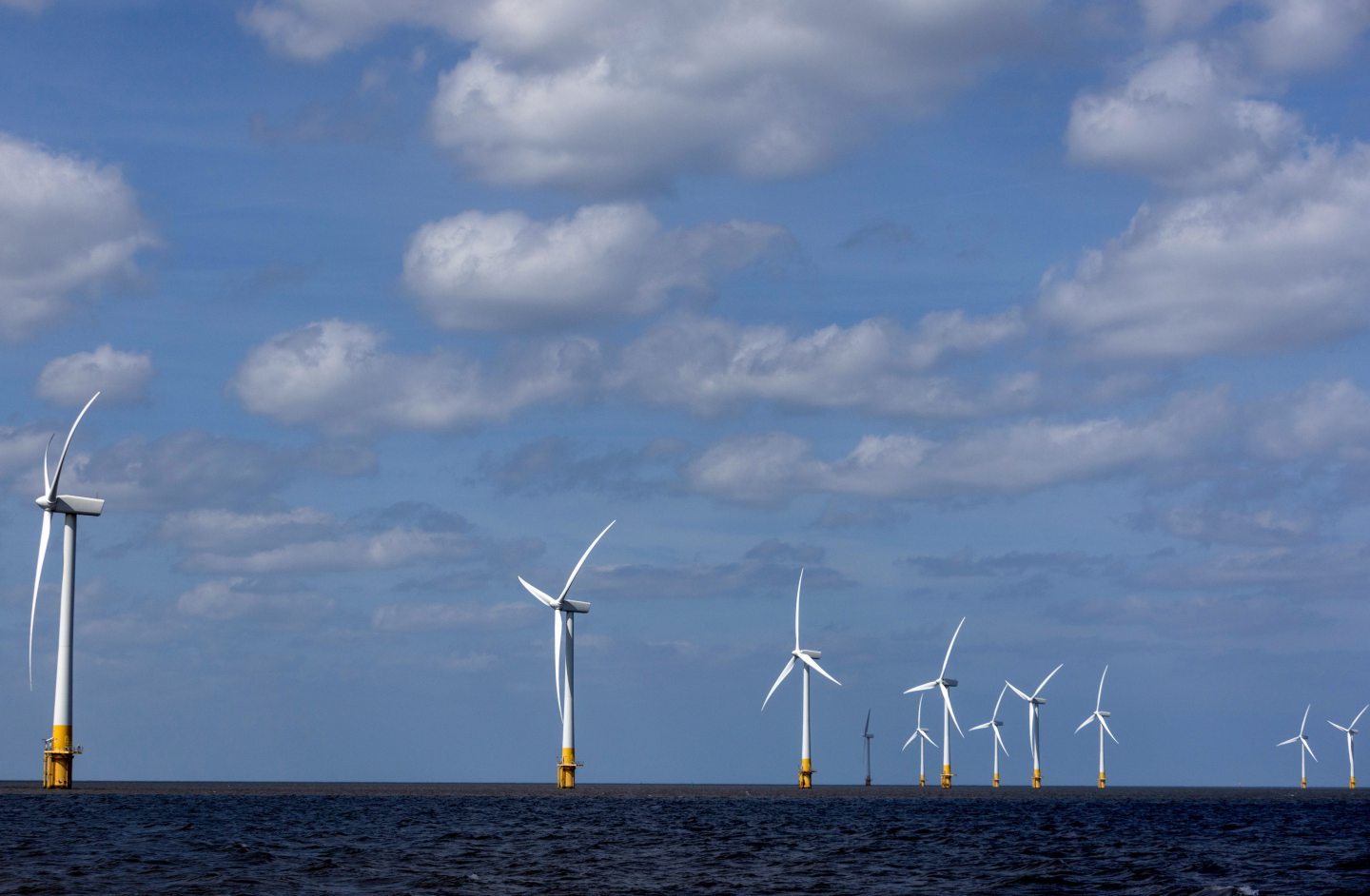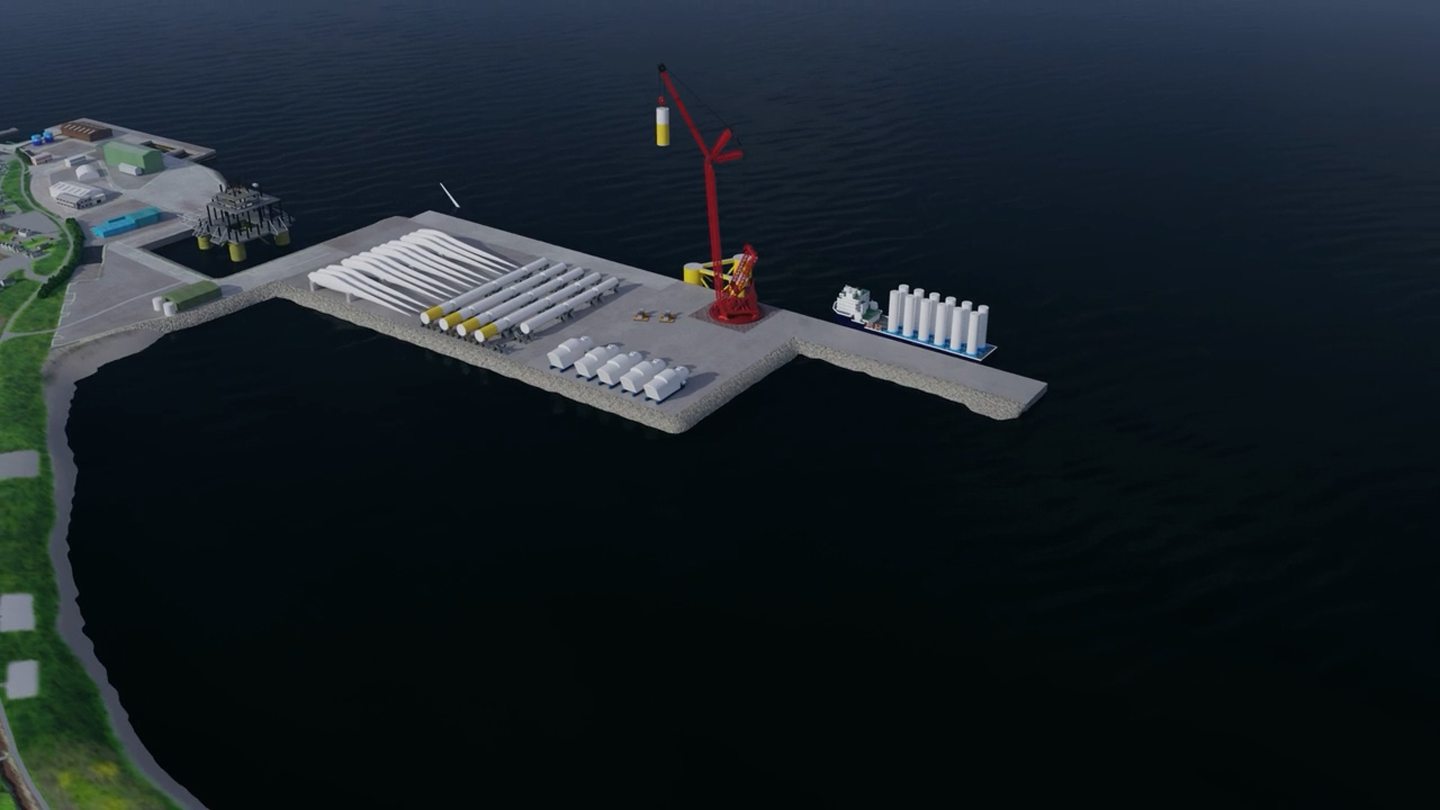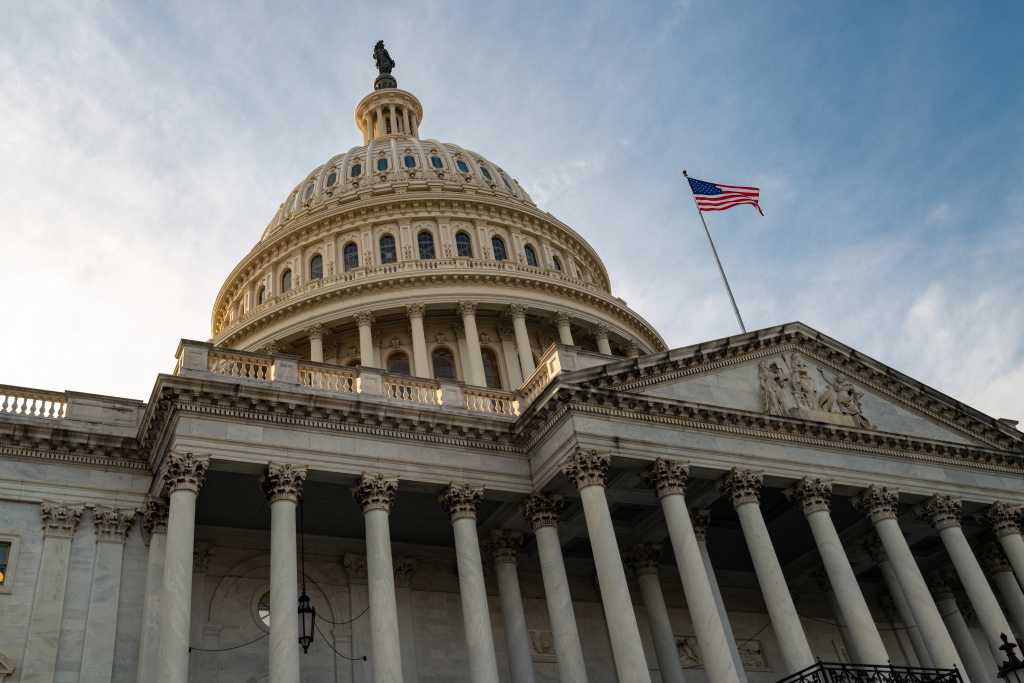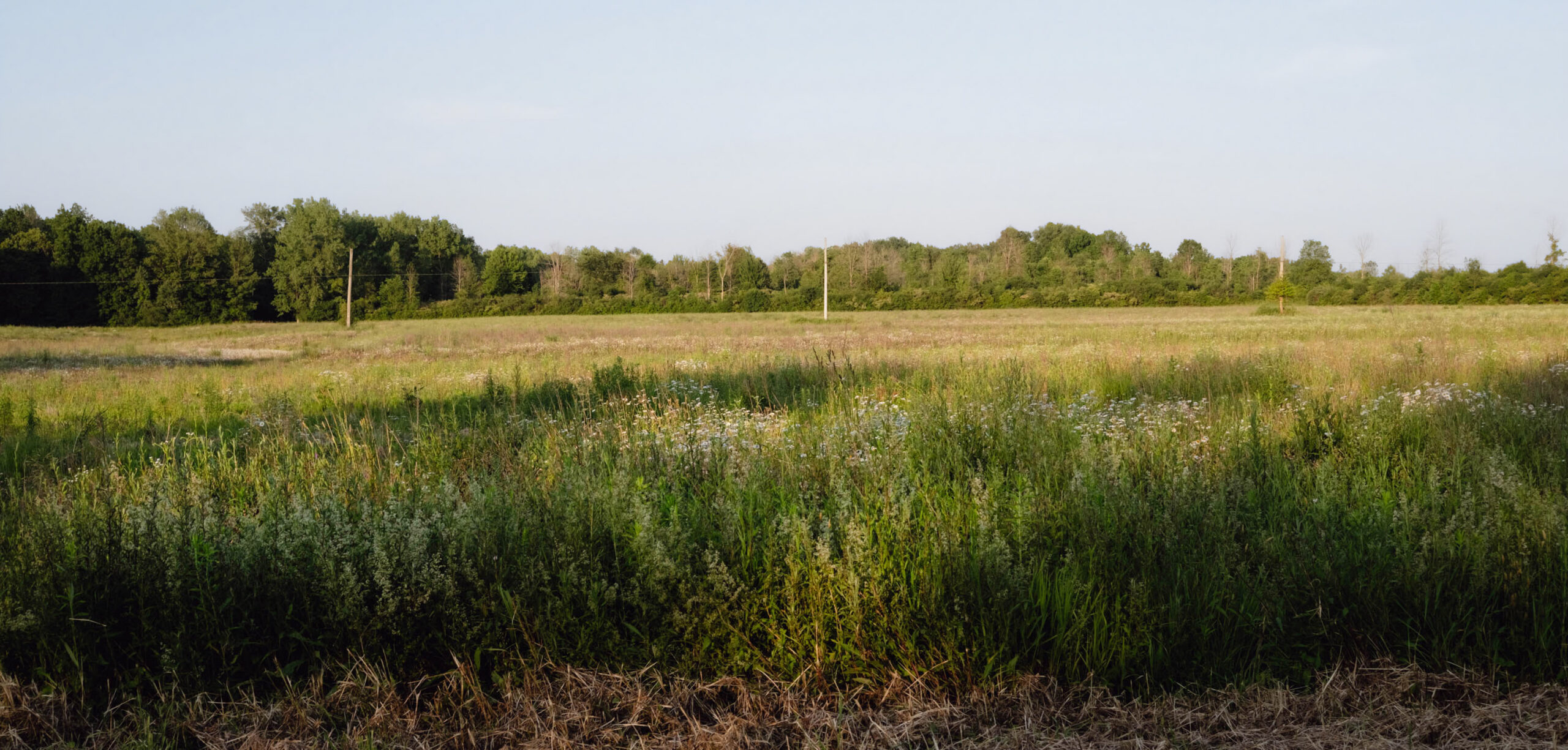
Benj Sykes, Country Manager at Ørsted UK discusses the company is leading the way from the UK in green energy infrastructure.
At Ørsted, we have a vision of creating a world that runs entirely on green energy.
We transformed from being one of Europe’s most fossil fuel-intensive utilities to being ranked one of the world’s most sustainable energy companies and a global leader in the transition to green energy.
Now, the world is facing two urgent and deeply interconnected crises: climate change and biodiversity loss.
As the world’s leading offshore wind developer, at Ørsted we believe that renewable energy is at the intersection of these challenges.
In order to tackle both the climate and biodiversity crises, we need to build green energy infrastructure at a pace and scale never seen before – but we need to build it responsibly and sustainably, in a way that benefits both people and planet.
Leading the way from the UK
The UK has long established itself as a world leader in offshore wind. Other markets around the world look to the UK as an example of how things should be done – not just in terms of scale and cost, but how to build offshore wind in the right way.
We have always had a strong focus on building projects sensitively and sustainably. We’ve had to innovate and work closely with other partners, NGOs, scientists, academics, and industries to find solutions to some very complex challenges.
With the government’s ambition to accelerate the deployment of offshore wind to deliver clean power by 2030, the UK is, once more, going to have to take the lead on creating a regulatory framework that can deliver this whilst also improving the biodiversity in our seas and coastline.
The Planning and Infrastructure Bill now under consideration in Parliament offers a key opportunity to take a strategic approach to compensating for the impact of offshore wind projects.
Currently, each project is asked to provide measures to compensate for any impact that the project might have on the marine environment. It would be better for offshore wind projects to pool their resources into a larger fund that the government could use to spend on the actions that would best support the recovery of the wider ecosystem.
This is why we greatly welcome the announcement by the Department for Environment, Food & Rural Affairs (DEFRA) that they will adopt this approach and that they are seeking views on how the Marine Recovery Fund will function.
If the UK gets planning reform right, it will be able to deploy more offshore wind and simultaneously enhance the marine environment.
Wilder Humber
The Wilder Humber is an example of the kind of strategic project that can enhance our marine environment.
The Humber Estuary is one of the most important natural features in the UK – especially for the birds and other wildlife that depend on it. But decades of pollution and commercial development has resulted in the severe decline of precious habitats and species, such as sand dunes, salt marsh, seagrass, and native oysters.
Ørsted teamed up with Yorkshire Wildlife Trust and Lincolnshire Wildlife Trust to deliver Wilder Humber which will restore seagrass and saltmarsh and introduce half a million native oysters to improve the health and resilience of the estuary’s ecosystem.
It’s one of many pilot projects we’re working on around the globe to help inform what methods we can scale in a wide range of ecosystems to achieve our 2030 ambition to deliver a net-positive biodiversity impact from all new renewable energy projects and support long-term benefits to nature.
Delivering lasting community impacts
We are also committed to ensuring that people and communities share the long-term benefits of green energy transformation through skills training and job opportunities.
We invest in the future of the local communities where we construct and operate our projects through our community benefit funds, partnerships, support of Science, Technology, Engineering and Maths (STEM) education among primary, secondary, college and university students, as well as apprenticeships and jobs training.
So far, through our four UK community benefit funds, we have awarded over £11.5 million to more than 800 local social and environmental projects along the East and West coasts where we operate.
Our funds administered by independent grant-making charity GrantScape, have helped all manner of projects – from retrofitting community halls into more energy-efficient spaces, to helping to bring back grasshoppers in Norfolk as a way to tackle biodiversity loss.
We don’t have all the answers, but by working collaboratively with government, industry, NGOs and local communities, we believe we can deliver a green energy transition that benefits both people and planet.





